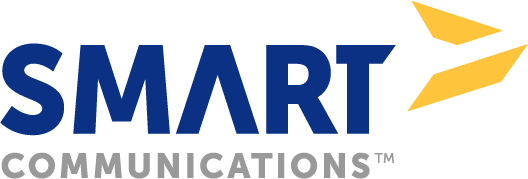
Sponsored by Smart Communications

Client reporting is one of the most complex aspects of client communication in the financial industry and an area already on course to change drastically as wealth shifts to younger generations.
Preventing the loss of market share and attracting new investors means wealth management and private banking firms need to focus on meeting the needs of these increasingly younger customers and adapting the ways in which firms communicate and provide reporting. Clients today, especially younger generations, want highly personalised services available not just in the traditional face-to-face setting of an advisor’s office, but across digital platforms, too. They want to build a relationship with their advisor as well manage their portfolio online, from anywhere in the world, with real-time data digitally available and cleanly displayed for evaluation when they’re ready – and on the digital channels they prefer.
One aspect will never change of course – at its core, clients want to protect their assets and see their portfolio grow. While the foundation of providing this is still based on trust and a good working relationship, the delivery of client reports needs to change as customers expect far higher rates of service, deeper levels of personalisation and lightning-fast response times. This means delivering more dynamic and interactive content and enabling on-demand digital self-service capabilities, mainstream expectations for today’s clients that require cloud-based technology solutions with more scale, flexibility and real-time support.
A new emerging trend is the ability of financial advisors to incorporate storytelling into their client reporting. This engages clients and deepens the client-advisor trust relationship. Effective storytelling in client reporting requires the combination of the latest technology and solid expertise to understand the viewing habits of individual clients and then to interpret this knowledge to provide personalised client reports. To tell that story, advisors need to be able to easily incorporate data visualisation to illustrate key figures and trends, something often difficult to do when client reporting is time consuming and paper intensive.
However, the truth is many companies still produce paper reports with semi-automated processes and manual work that is both expensive and personnel intensive. Not only does this lead to a longer time to market and higher costs, but it also reduces the potential for digital interaction with customers. Even through online services, numerous companies still focus on PDFs and Excel lists in bank portals, and sometimes the visualisation of key figures. Unfortunately, these reports are usually updated once a day or once a week, so the customer cannot evaluate trends in real time. For strategy and year-end talks, going through paper reports page after page can be time consuming with little added value, both for the customer or the wealth manager.
This is why many wealth management firms are looking to shift their focus away from paper-based solutions and towards self-service applications that empower advisors and their clients both to compile client reports as part of an online banking platform. Customers can select or deselect pages and chapters of their need-specific report, to produce a fully bespoke report that can be viewed on both on the desktop and on mobile devices.
With a digital reporting platform, it is possible to create, manage and configure all customer reports online to enable digital cooperation between customers and financial advisors, enabling customers to manage their reports and access real-time data, as well as offering wealth managers another feedback channel. All customer activities can be recorded and evaluated so the manager can better understand what the client is interested in and provide targeted offers and information as a result of continuous learning and engagement.
Cooperation between the customer and the wealth manager is crucial, not only to understand the preferences of the client, but also reduce time to market. Digital platform functions such as chat or video call features further enable effective communication with customers at a time that is convenient for the client.
Learn more about Smart Communications solutions for financial services: https://www.smartcommunications.com/industry-solutions/financial-services

